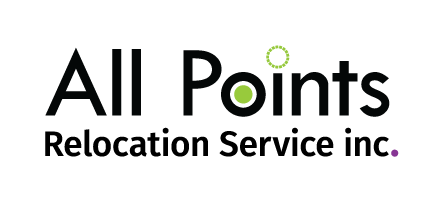1. A work permit and a visa are the same.
False. In Canada, a work permit is a status document that allows lawful residence and employment under the terms and conditions imposed on entry. A visa is a travel document that can only be issued to citizens of TRV-required nations; a visa is nothing but a travel document that allows travel, but does not guarantee entry. This is moderately unique to Canada. In many places around the world, a visa is used synonymously with a work permit.
2. A foreign national who holds a valid work permit issued by the CBSA at the port of entry (this is not referring to a visa, which an embassy issues, consulate or high commission) is not allowed to work until they receive their SIN.
False. The work permit holder can begin working in Canada immediately following the issuance of the work permit. Still, the employer cannot pay them (cannot add them to Canadian payroll) unless they receive their SIN.
3. All work permit holders must receive their Canadian employers’ salary/wages and benefits.
It depends on the category of the work permit. Unlike workers on LMIA-based work permits, and others such as FTA Professionals and Technologists, Intracompany Transferees can be paid from the Canadian source or remain on their home country payroll, or a combination of both. The same applies to their benefits.
4. Employers are legally allowed to file for an LMIA for their employee candidates.
True. But: Once approved (when the LMIA has been issued), employers are legally allowed to file for any permit or visa to IRCC (embassies, consulates, high commissions outside of Canada and Case Processing Centre in Canada) or CBSA (border) – False.
5. Business visitors can do consulting as it is not “hands-on work”.
False. Business visitors can only attend meetings to discuss projects, negotiate contracts, and gather information to be analyzed outside of Canada. Business visitors from the same company can train their colleagues (not clients or customers) in Canada or receive training from their colleagues (not clients or customers) in Canada. Consulting colleagues, clients or customers about how certain tasks need to be performed usually amounts to professional consulting and requires a work permit. Best approach – talk to your licensed immigration representative to determine whether the work permit may be required.
6. Business visitors can install, set up, tune, maintain equipment, or perform warranty repairs without work authorization.
False. Best approach – talk to your licensed immigration representative to determine whether the work authorization (authorization to work without a work permit) or work permit may be required.
7. Work permits are not required if the employee will work in a country for less than 30 days.
False. Is your employee going to perform productive work? This is what matters. If the employee is going to perform productive work for an employer in a country where they are not eligible to work, most countries will require them to obtain a work permit regardless of the time spent. People confuse short durations with this principle. Business trips are usually permitted, but employees are usually just attending meetings in these trips. While certain business trips are permitted, workers cannot technically work (exchange physical or mental labour for money) without a work permit.
Did you know about these myths? All Point has years of experience in the corporate relocation market. Whenever you need assistance with bringing employees to Canada, we are here to help.

